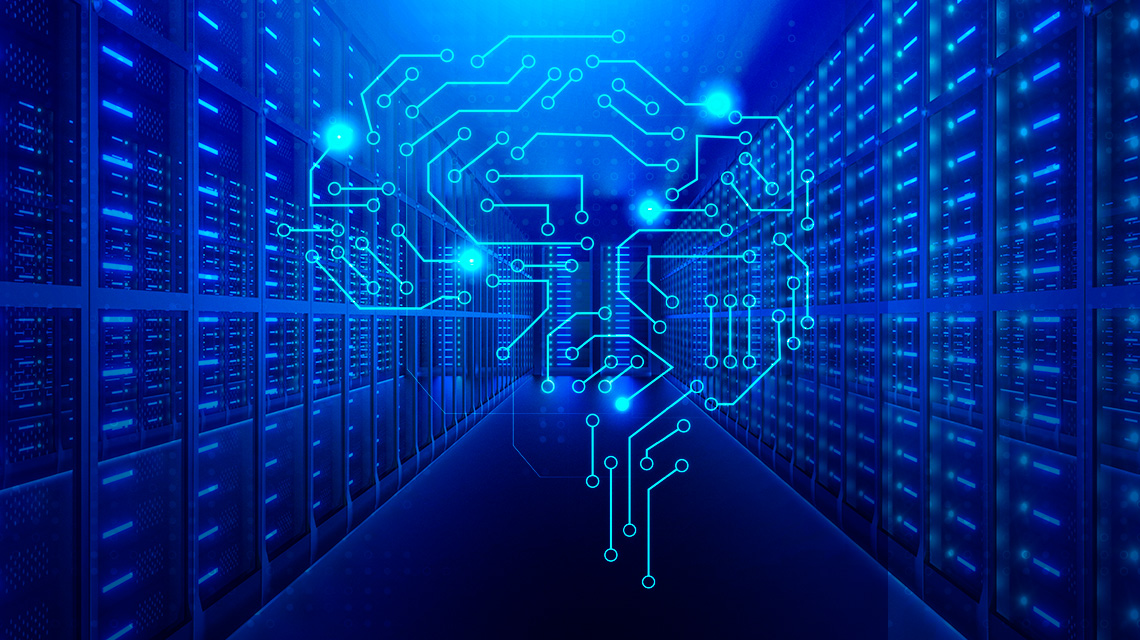Italian National Agency for New Technologies, Energy and Sustainable Economic Development

Innovation: ENEA tests Artificial Intelligence for data center optimization
Using artificial intelligence to prevent outages in data centers and optimize performance is one of the goals of the ENEA ICT research team, which has tested innovative techniques on its CRESCO6 supercomputer. “We started by collecting data on energy, thermal and computational consumption of the ENEA HPC data center to identify, through advanced artificial intelligence tools, work overloads, waste, malfunctions or faults in the cooling system. Frequent overheating and an ineffective cooling system could lead to hardware degradation, reduced server reliability and expensive energy consumption” explained Marta Chinnici, a mathematician with a doctorate in computer science at the ENEA Infrastructures for Scientific and High-performance Computing Laboratory. "Thanks to this innovative methodology we can dig out useful information from real consumption data and develop management strategies not achievable with traditional data analysis techniques" pointed out the researcher.
Specifically, the ENEA method collects and relates data on the data center workloads and on energy consumption at different levels (node, server, rack and room). This information is then processed through supervised learning techniques used to define forecasting models [1] capable of predicting the server behavior based on temperature and computational load and to map overheating phenomena (hotspots). “In this way, we are able to implement targeted and effective interventions to guarantee proper functioning of each component starting, for example, with the optimization of the cooling air flow. Or we can pinpoint thermal hotspots to make the cluster work at similar temperatures on all compute nodes, avoiding overheating risks and modulating the cooling units to lower powers. In addition, in collaboration with Davide De Chiara we have defined models to map users’ behavior concerning use and consumption of resources and to predict, on the basis of historical data, workloads and consequently future consumption of the processor, memory and network”, said Marta Chinnici.
Environmental sustainability has become very important also in information technology, a sector in which energy consumption is growing at an annual rate of 9%. In 2020 IT annual electricity demand amounted to around 200-250 TWh (1% of global energy demand) accounting for 0.3% of annual carbon emissions. According to estimates by the International Energy Agency, these numbers are destined to increase and by 2025 data centers will consume approximately 1/5 of the world's supply.
However upcoming supercomputers - exascale supercomputers performing a trillion operations per second- will have to meet stringent high performance and energy consumption requirements. “The data center community could use our approach to improve the thermal conditions of the IT infrastructures, with targeted actions on those servers that most frequently experience overheating, given that the energy consumption of a data center strongly depends on the temperature of the IT infrastructure premises, as well as the performance of the IT and cooling systems”, said the ENEA researcher.
